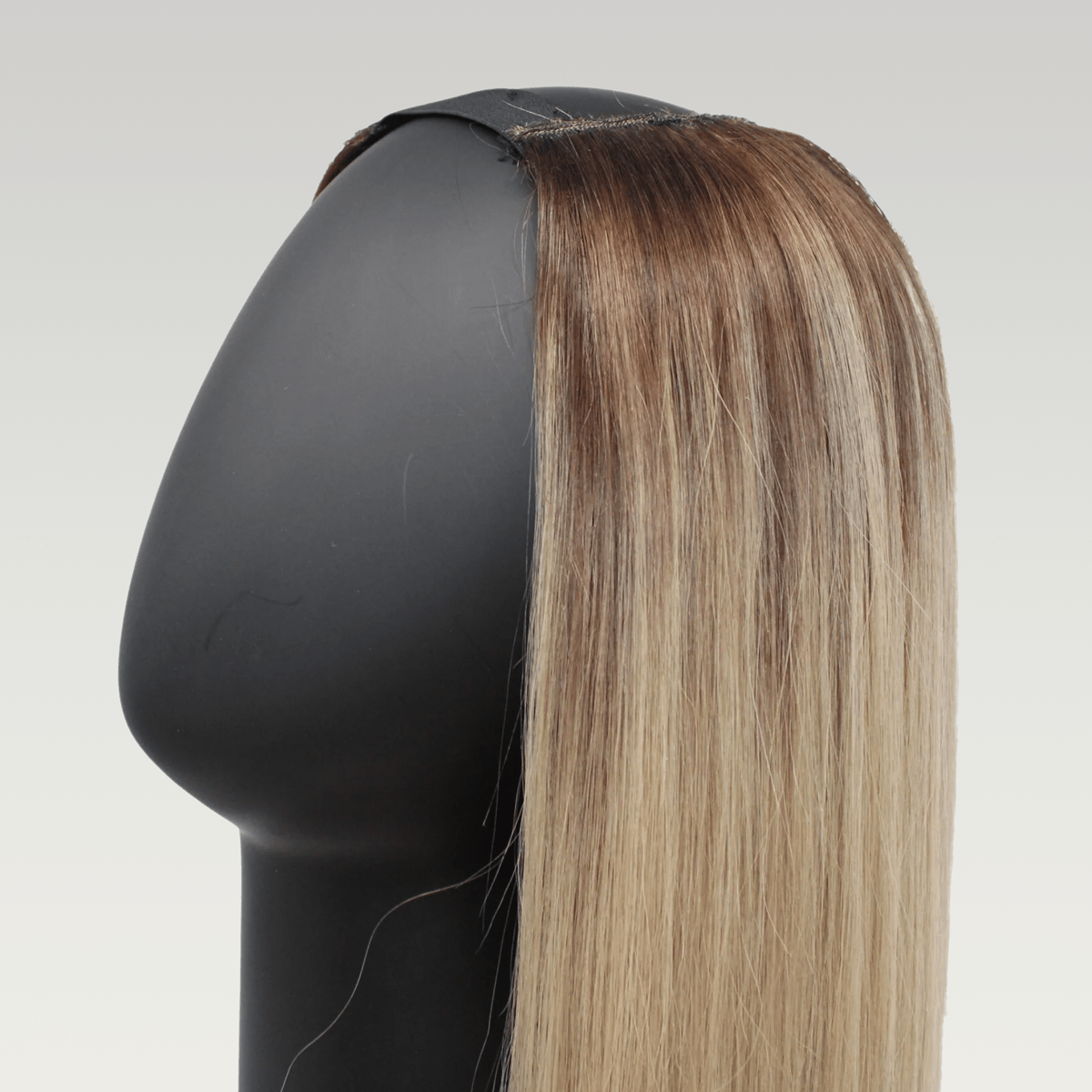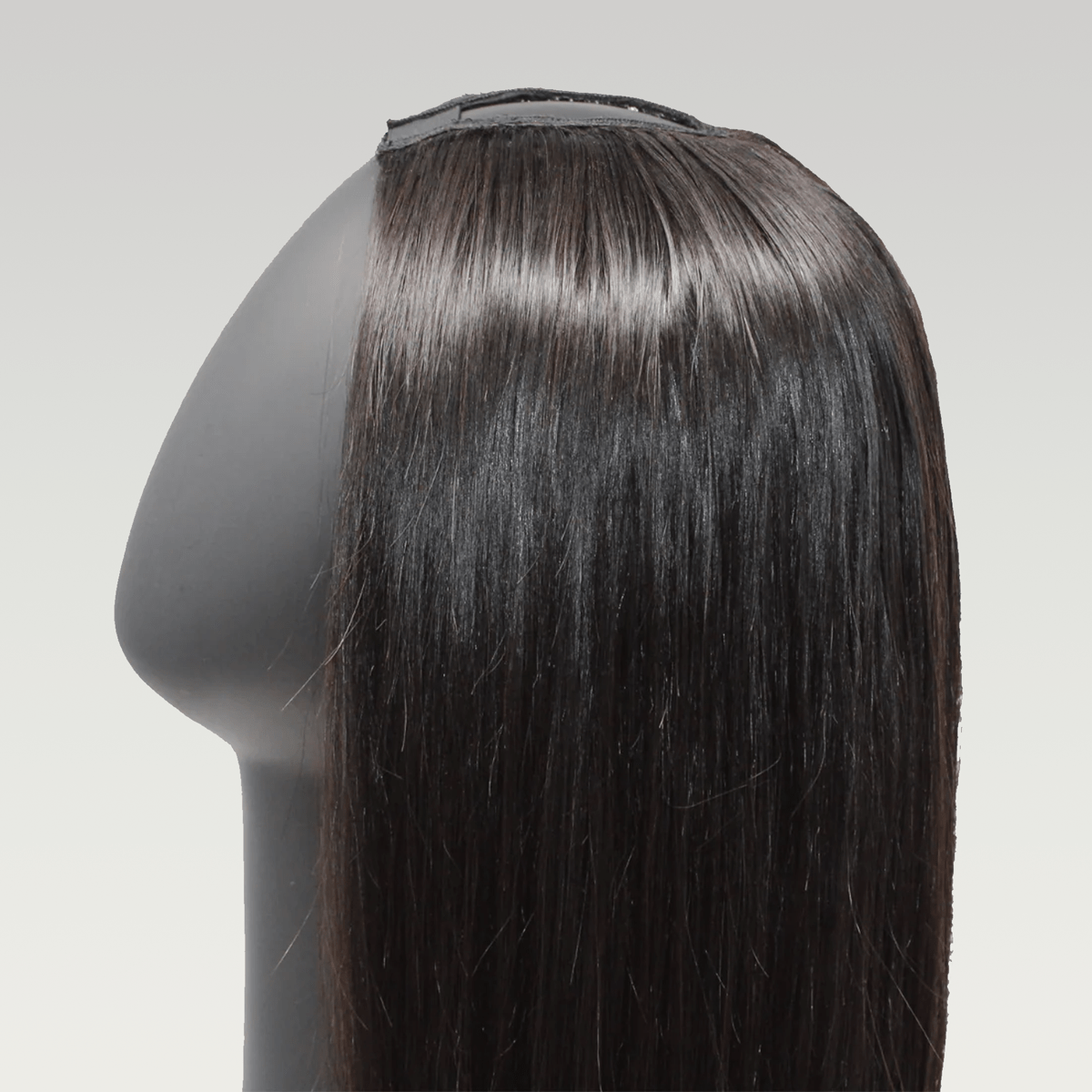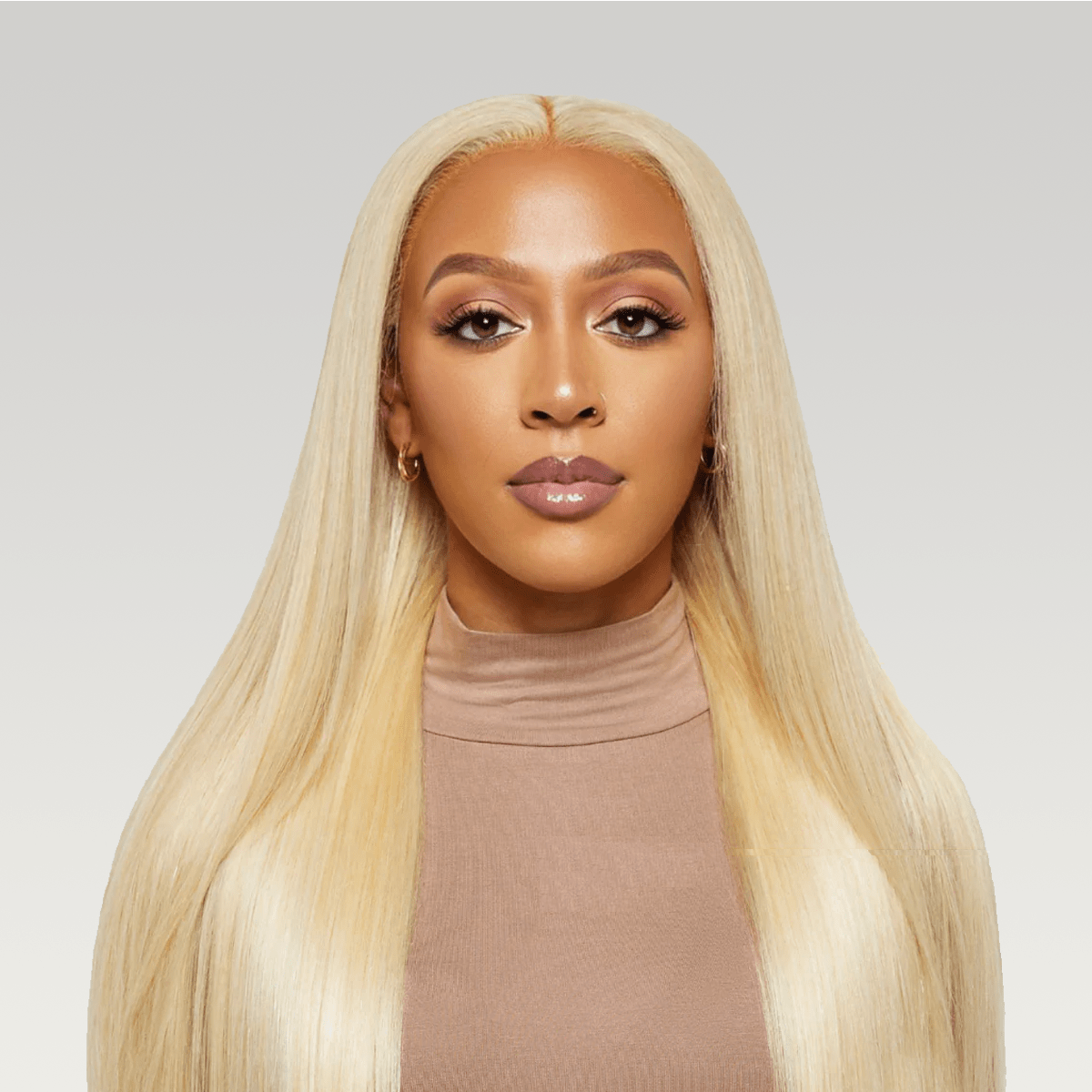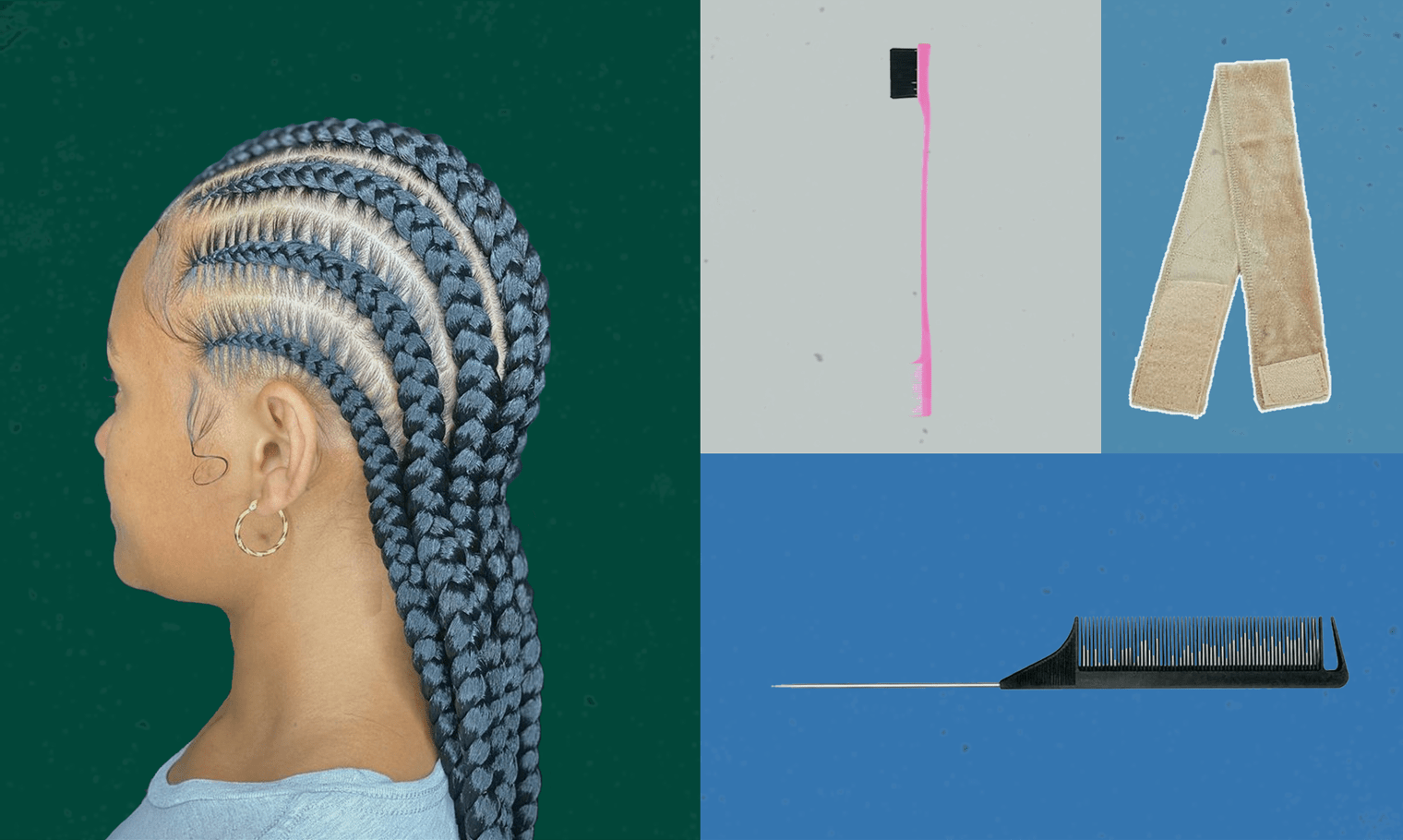
Table of Contents
Struggling with stretchy hair or unwanted elasticity? This guide will help you test the health of your strands and reduce any strand-related problems. A hair elasticity test is the most effective way to determine your hair’s balance and apply the correct treatments.
Is your hair supposed to be stretchy?
Some background info: hair elasticity or stretchiness is directly related to protein-moisture balance. When hair becomes unusually stretchy, it’s often a sign of an imbalance in this relationship. Overly elastic hair typically means there’s excess moisture and usually not enough protein, which ultimately means consume more protein-rich foods and apply more protein-based treatments.
Hair’s natural protein structure, primarily keratin, provides strength and structure, while moisture affects its flexibility. Healthy hair (with a balanced protein-moisture level) should stretch about 30% of its original length before returning to its natural state.
How Can I Perform a Hair Elasticity Test at Home?
During my salon days, I developed a simple yet effective method for testing hair elasticity that anyone can do at home. First, select a single strand of wet hair. Gently stretch it and watch the shrinkage. I always tell my clients to look for three key indicators:
- Good elasticity: The hair stretches slightly and returns to its original form
- Low elasticity: The hair breaks easily with minimal stretch
- High elasticity: The hair stretches significantly and doesn’t return to its original shape
I’ve found that performing this test while the hair is wet provides the most accurate results, as this is when hair is at its most natural state.
What Does High Hair Elasticity Tell Us About Hair Health?
Through my experience working with human hair wigs and natural hair, I’ve discovered that excessive elasticity often means moisture overload (from too much product use or constant wetness). When hair becomes too stretchy, it’s usually crying out for protein. I’ve seen this particularly in clients who over-condition their hair or use too many moisturizing products without balancing them with protein treatments.
The key signs I look for include:
- Hair that feels mushy when wet
- Strands that stretch like rubber bands
- Difficulty holding styles
- Lack of bounce and volume
Is There a Connection Between Hair Porosity and Elasticity?
Yes! In short, there is a strong correlation between hair porosity and elasticity. High-porosity hair tends to be more prone to stretching issues because it absorbs and loses moisture more readily. I always explain to my clients that understanding their hair’s porosity is crucial for maintaining proper elasticity.
Low-porosity hair, on the other hand, typically has less elasticity issues because it’s more resistant to moisture absorption. However, this can lead to its own set of challenges, which I’ve learned to address through specialized treatment protocols. Straight hair isn’t very porus, with Type 4C hair being the most porous.
Tips & tricks for improving hair elasticity
I recommend a multi-faceted approach to treating overly elastic hair. Most importantly, I always suggest incorporating protein treatments into your hair care routine. With my clients, I’ve seen remarkable improvements in hair elasticity when clients followed this advice.
Here’s my proven strategy:
- Use a protein-rich treatment once every two weeks
- Reduce the use of heavy moisturizing products
- Implement a moisture-protein balancing routine
- Avoid heat styling until elasticity normalizes
How diet affects hair elasticity
In short, yes diet does impact hair elasticity. I always emphasize that proper nutrition is fundamental for maintaining healthy hair structure. Essential proteins, vitamins, and minerals contribute to optimal hair elasticity.
I recommend focusing on:
- Protein-rich foods
- Omega-3 fatty acids
- Biotin-rich foods
- Adequate hydration
Preventive Measures and Long-term Hair Health In my years of working with hair, I’ve developed a comprehensive approach to maintaining optimal hair elasticity. Regular maintenance is key, and I always stress the importance of prevention over correction. I’ve found that establishing a consistent hair care routine that includes both moisture and protein components helps maintain ideal elasticity levels.
The most effective preventive measures I’ve identified include:
- Regular protein treatments
- Proper washing techniques
- Using appropriate products for your hair type
- Regular trims to prevent split ends
- Protecting hair while sleeping
If you’re still struggling with your hair health and overall quality, give your hair a break from products and use a wig to protect your natural strands. Check out our entire wig collection if you’re looking for ideas.
Related products and blog posts
Straight from the Wigonia team.









